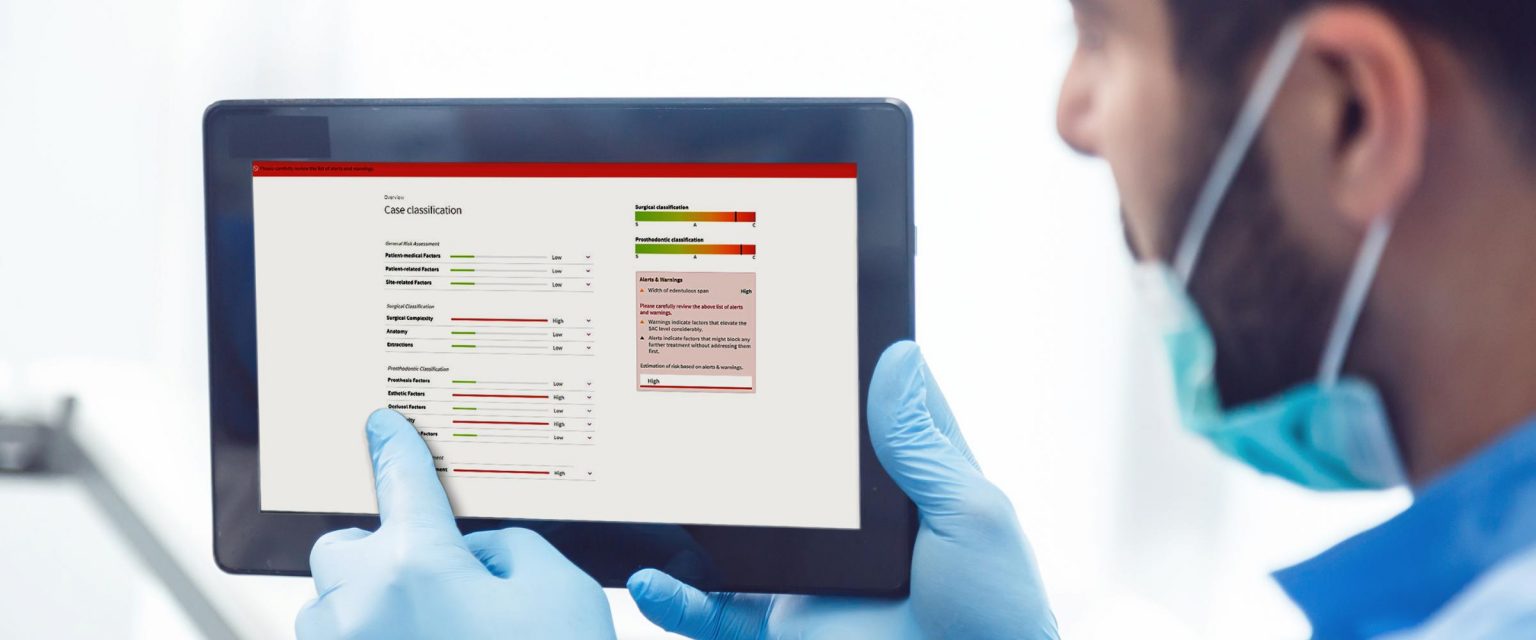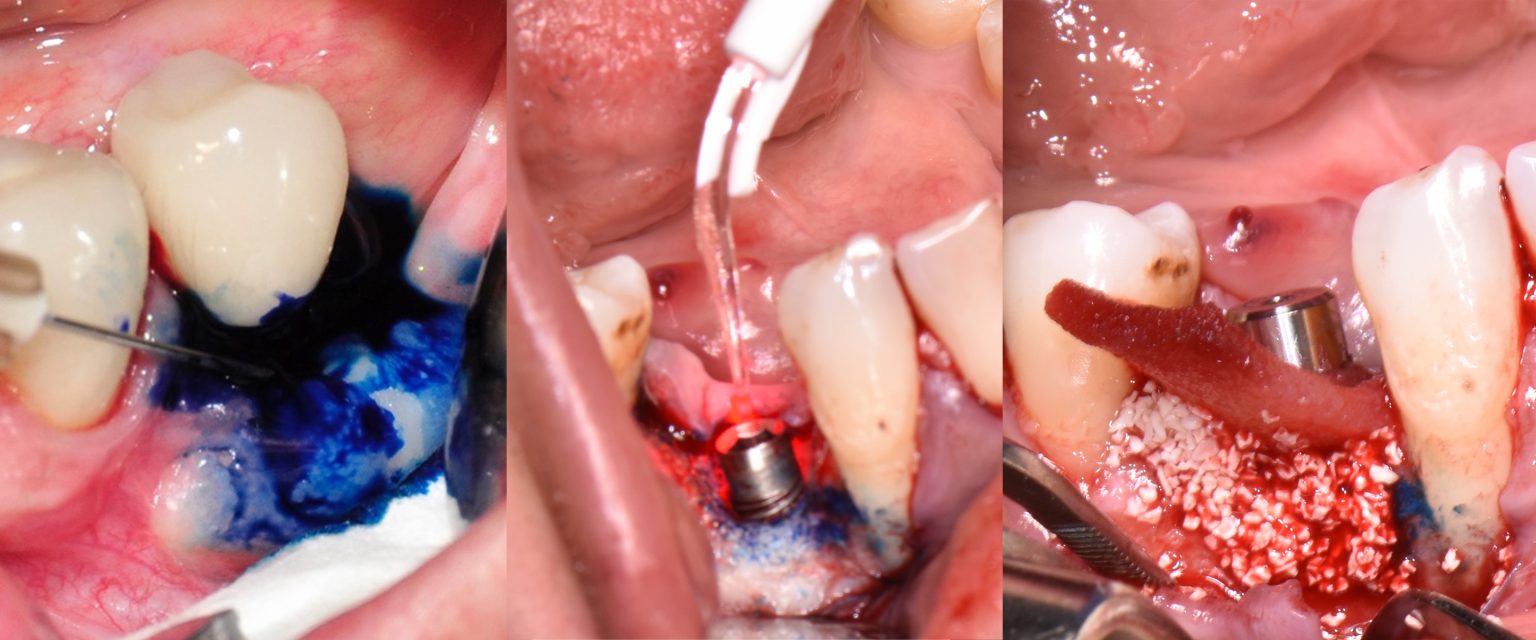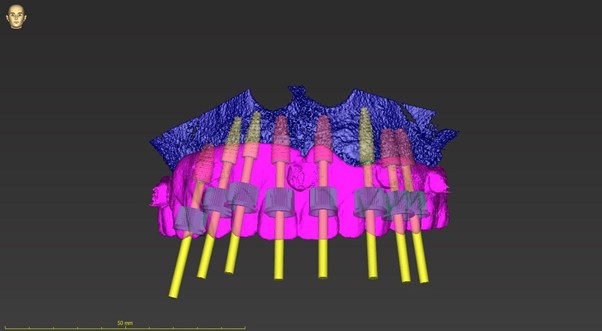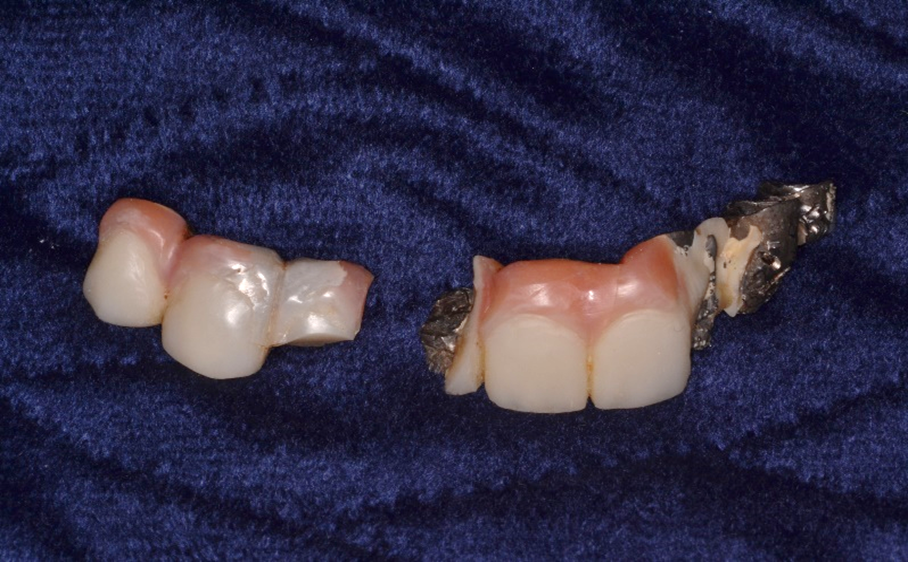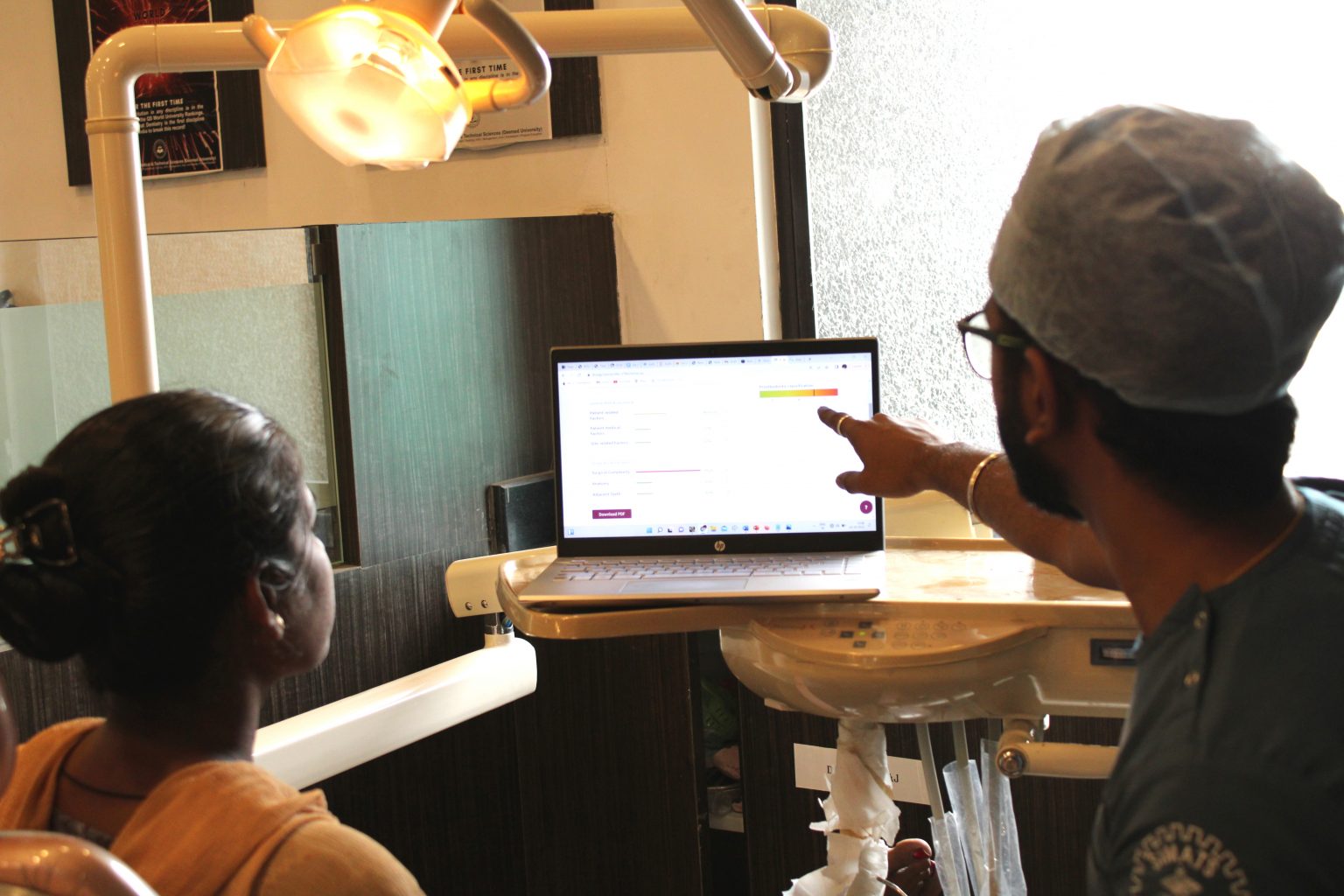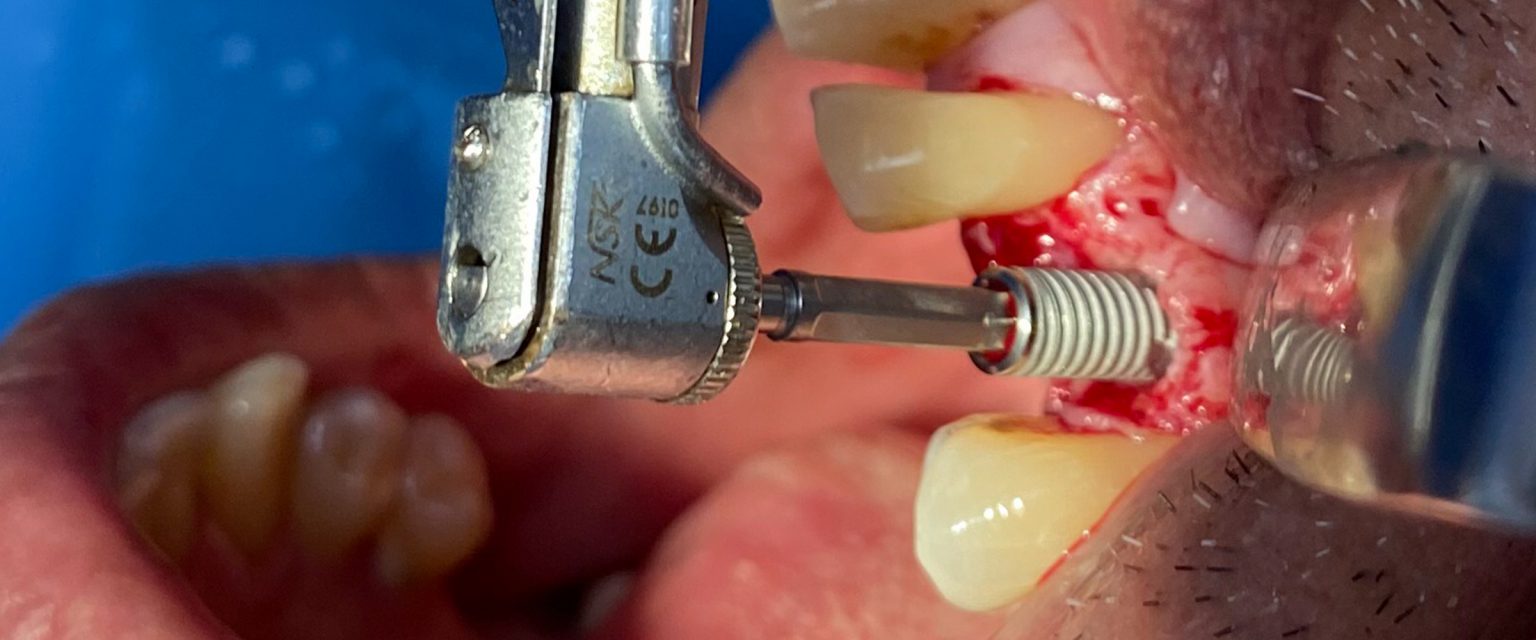
Evaluation of biological tissue outcomes around implants placed in a flapless manner versus a flapped manner: learning from the literature
Introduction This opinion article aims to, in part at least, assess the relevant literature on the concept of flapless versus flapped implant placement and offer a personal opinion on the conclusions that can be obtained. The long-standing traditional method of surgical implant placement is done by raising a full-thickness mucoperiosteal


